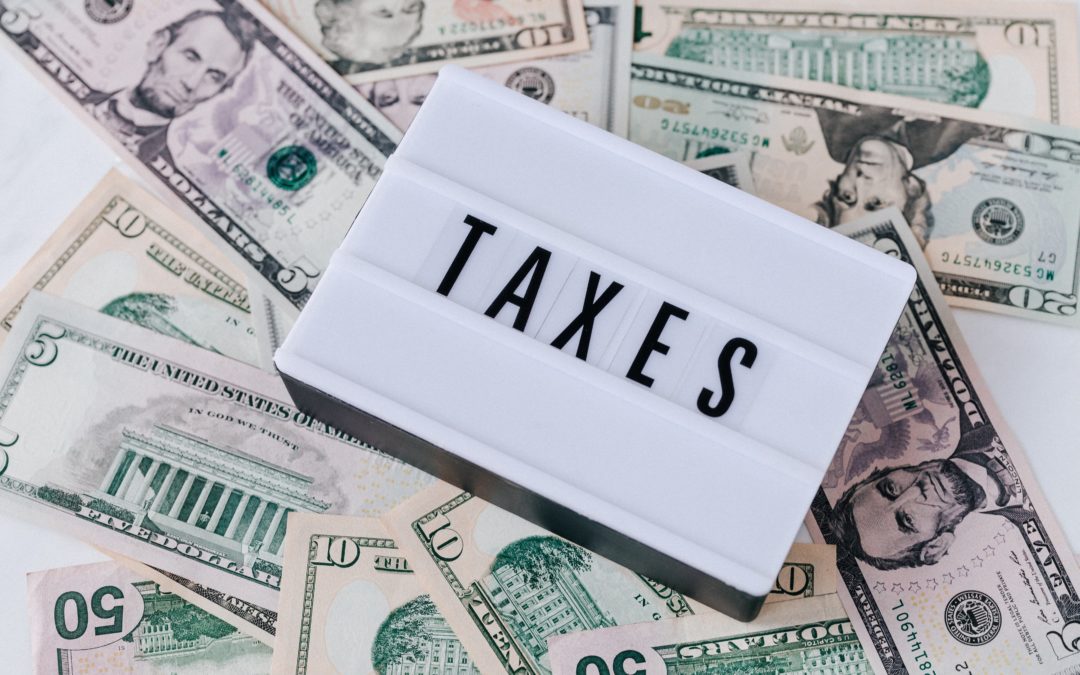Qualified Plans: The Hidden Truth
For many people, the term 401(k) is synonymous with retirement preparation and sometimes represents the full extent of their preparedness. Such accounts are often included as part of a benefits package provided by employers, and chances are if you have one, most of your retirement savings are being deposited into this account. Given that it can play such a prominent role in our financial picture, it is imperative that you fully understand exactly how these plans work.
So, what do Qualified Plans do exactly?
Most people will be familiar with the fact that they defer taxes, which is true. But this term “defer” can often lead to a misunderstanding about what is actually happening. Some people fall victim to the misconception that “deferred” taxes are taxes they are “saving” because the taxes do not have to be paid, which is simply not true. These are not tax savings plans but rather tax-deferred savings plans. The government did not say that you don’t have to pay taxes on the dollars in your Qualified Plan, they said that you don’t have to pay the taxes now.
If not now, then when? Well, later obviously. The key difference between now and later though is relative to your tax bracket. What bracket you are in now and what bracket you will be in when you decide to take the money out of the account. If you defer the tax now and you are in a higher bracket later, your share of the account will be less. If you are in a lower bracket when you take the money than when you put it in, you will get more. The IRS is not going to ask you what tax bracket you were in the day you made the contribution to your account. Their only concern is going to be what tax bracket are you in at the time of withdrawal. Because this is true you will need to make an informed decision about which option is best for you. If you want to know more, schedule a 15-minute call with me.


Recent Comments